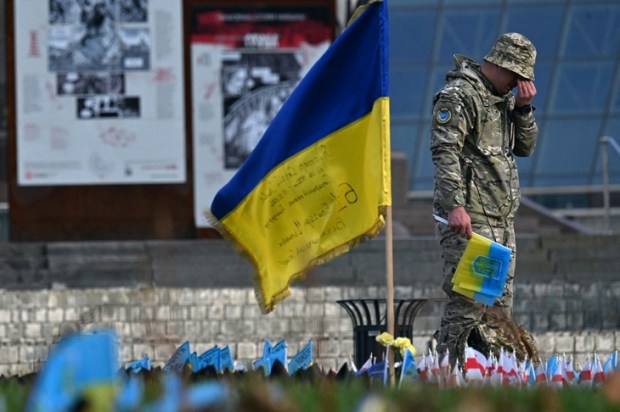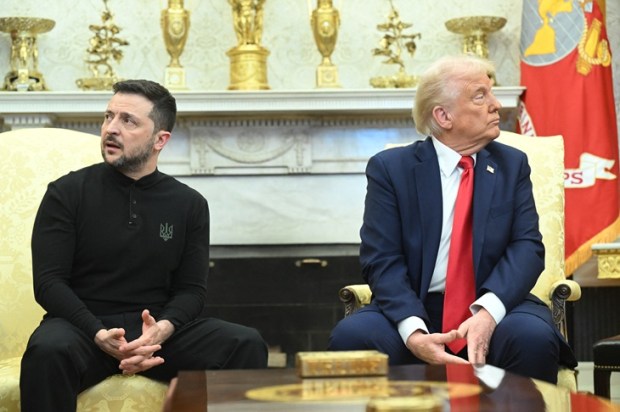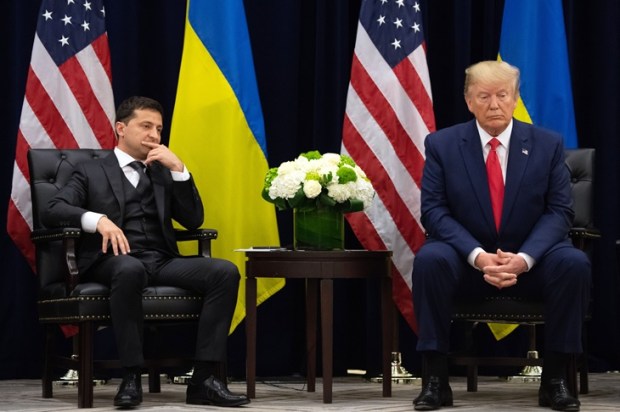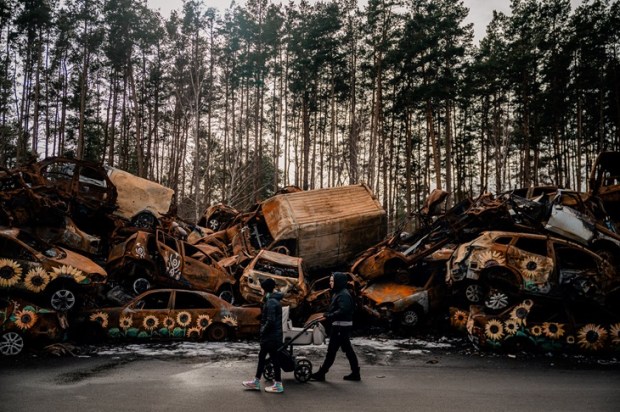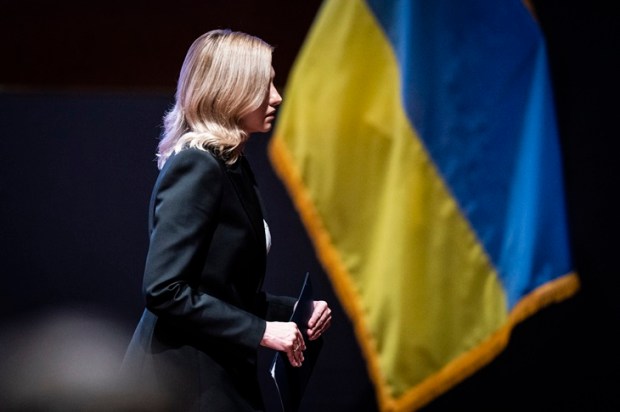Australia’s greatest ever political strategist, Mark Textor, recently said to me: ‘People say that Donald Trump is erratic and unpredictable. That’s wrong. In fact, he does the same thing in every situation: disrupt and then deal.’
Textor, who at one point was advising the Prime Ministers of four countries at once, is unsurprisingly and very much on to something. We are now in a period where, for the world’s most powerful person, striking a deal and everything that goes with it is the most valuable political currency. With deal-making at its core, we have entered the era of performative diplomacy.
It follows that, if doing the deal and the performance that goes with it is what matters the most, other aspects of diplomacy matter less. That includes genuine understanding and mutual confidence between players, substantive relationships and partnerships, and meaningful measures. It’s the difference between taking selfies for TikTok and discussing necessary compromises toward policy advancements out of public view.
This is revealed on an almost daily basis in Trump’s statements and actions, including his social media outbursts, but it was especially on display in two of his interactions with Ukraine’s Volodymyr Zelenskyy. The first was the now infamous White House meeting where the Ukrainian President was publicly attacked, cast as the bad guy in a domestically-driven narrative, and abjectly humiliated. Indeed, Trump commented at the end of the meeting that, if nothing else, it made for great television.
At the other end of the love/hate spectrum was the recent face-to-face Trump and Zelenskyy had in an iconic setting on the sidelines of the papal funeral. Some commented that it was one of the best photo-ops of the 21st Century. Indeed, it was intense imagery with nothing offered about the content of the conversation itself. It seems that, whatever Zelenskyy failed to understand or prepare for in terms of the White House meeting, he mastered at the Vatican. Namely, that the sizzle, for Trump, is what matters much more than the steak.
In the same way that Trump’s new American unilateralism is a fundamental shift away from the long-established ‘rules-based order’, he is imposing the new rules of performative diplomacy that are different from the normal rules of diplomacy. Performative diplomacy is about grand gestures, symbolism, raw emotions, and communications cut-through; it’s the antithesis of the long-term outlook, careful negotiations, incremental advances, and niceties and nuances of diplomatic statecraft.
If we look at the current dynamics of the sporadic peace process involving the United States, Russia, and Ukraine through the lens of performative diplomacy, we can more clearly see how it may play out.
The more one side offers Trump the prospect of a dramatic deal, the more that side is favoured by him. This week, with requisite fanfare, a mineral resources agreement was signed between the US and Ukraine. It was hailed as a big deal and claimed as a win by both the Americans and the Ukrainians; in a shift from form to date, it was accompanied by critical rhetoric by the Administration of the Kremlin.
But when we look closely at what’s actually agreed to under the agreement, it’s actually more packaging than product. Most of the critical minerals and rare earths under Ukraine’s surface haven’t even been mapped or geologically explored no less successfully extracted. And, there are of course the massive operational, legal and sovereign risks that need to be overcome – in the middle of a war – to extracting a single ounce of resource and value under the auspices of the agreement.
Or, as one keen observer stated: ‘[The agreement is a] fairly standard long-term investment framework with no real obligations – one that, frankly, no one is likely to ever act on after signing.’
But hey it all sounds good and looks good, and that’s what seems to count most in the dys-Trumpian reality we find ourselves in.
Indeed, the Ukrainians will need to be good at playing multi-dimensional chess in this new era. On the one hand, in the name of peace, they will need to produce the platforms for further performances and dramatic demonstrations by Trump. On the other hand, in the name of survival, they are wise to continue to build the bridges and bonds – including in Europe – that deliver necessary military hardware and political software.
The latter is very important because the former is potentially unsustainable. As Dr Anneliese Reinemeyer, a former senior US diplomat, says: ‘The danger lies in mistaking visibility for durability. Real policy traction isn’t built through grand gestures alone but through the groundwork laid behind the scenes and out of the public eye.’ Reinemeyer, in this respect, counsels building substance beneath the superficial, such as crafting coalitions with allies, using established international institutions, and engaging directly with civil society in other countries. Words to the wise.
Performance – the colour and movement of international relationships – has long been a part of how nations interact with each other. But now that it has become under Donald Trump the goal rather than a means, Ukraine and all other actors will need to learn to play the game rather than get played.


